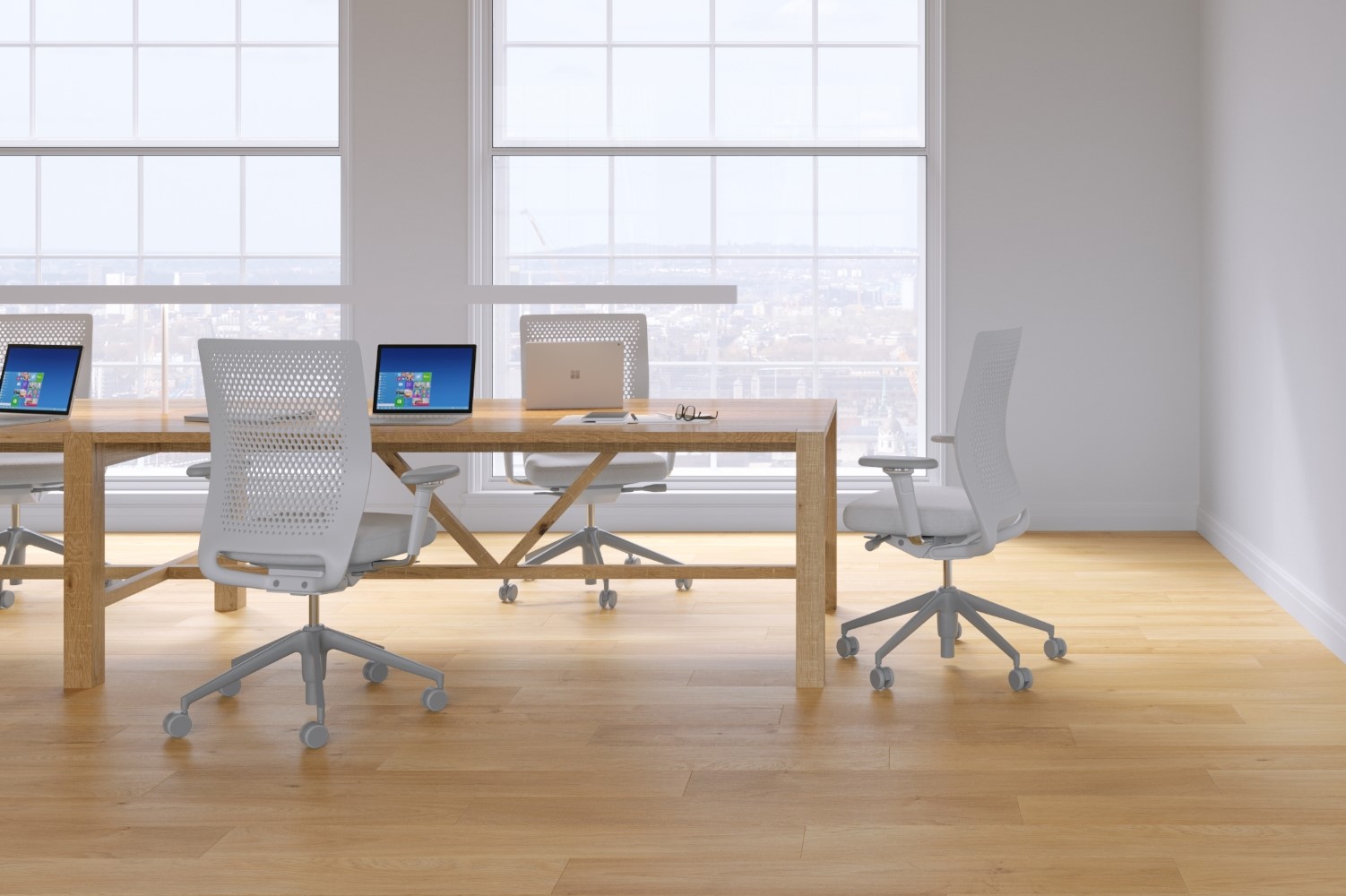
July, 2024
The flooring industry, like many others, is experiencing a technology revolution. From digital measuring tools to 3D printing, augmented reality, and smart flooring systems, these innovations are transforming how professionals approach flooring projects. This article explores the key technological advancements shaping the future of the flooring industry and their impact on efficiency, design, and functionality.
Accurate measurements are critical in flooring installation, and digital measuring tools have made this process more precise and efficient. Traditional methods often involve manual measurements and calculations, which can lead to errors and material wastage. Digital tools such as laser measurers and apps designed for flooring professionals simplify the measurement process, providing exact dimensions and reducing the margin of error. These tools not only save time but also improve the accuracy of installations, ensuring a perfect fit for every project. According to a study by Market Growth Intellect, the laser rangefinder market is expected to grow significantly, highlighting the increasing reliance on these tools in various industries, including flooring.
3D printing technology is making waves in the flooring industry by enabling the creation of custom flooring materials with unique designs and properties. This technology allows for the production of intricate patterns and textures that are difficult to achieve with traditional manufacturing methods. For instance, Forbes highlights how 3D printing is being used to create more sustainable and customisable products. In the flooring industry, 3D printing can produce tiles and other materials on-demand, reducing waste and allowing for greater design flexibility. This innovation is particularly beneficial for bespoke projects where unique flooring solutions are required.
Augmented reality (AR) is revolutionising how clients and contractors visualise flooring options. AR applications allow users to superimpose different flooring materials and designs onto their existing spaces using smartphones or tablets. This technology helps clients make informed decisions by providing a realistic preview of how the finished floor will look. Companies like Houzz have integrated AR into their platforms, enabling users to experiment with various flooring options in real-time. This not only enhances the customer experience but also streamlines the decision-making process, leading to faster project approvals and fewer design changes during installation.
Smart flooring systems are an emerging trend that integrates technology with traditional flooring materials to create interactive and responsive surfaces. These systems often include sensors embedded within the flooring that can monitor foot traffic, temperature, and even detect falls. Smart flooring is particularly useful in commercial spaces and healthcare settings, where monitoring movement and ensuring safety are paramount. According to Worldstell.org, smart flooring technology is set to become a key component of smart buildings, providing valuable data for facility management and enhancing the overall user experience.
The integration of technology into the flooring industry is transforming how professionals approach design, installation, and maintenance. Digital measuring tools, 3D printing, augmented reality, and smart flooring systems are just a few of the innovations driving this change. These advancements not only improve efficiency and accuracy but also open up new possibilities for customised and interactive flooring solutions. As technology continues to evolve, the flooring industry is set to benefit from even more innovative tools and materials, paving the way for a future where flooring is not just a surface to walk on, but a dynamic and integral part of the built environment.
It is always worth being aware of new technology and adoption rates so an informed decision can be made on when and what to adopt for commercial projects.